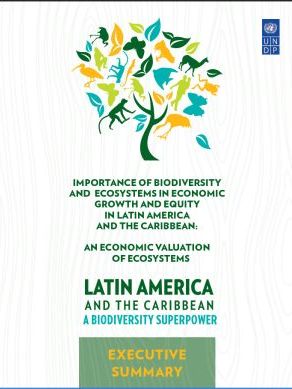From Metrics to Policy: The Use of Quantitative Information and Indicators to Inform Marine and Environmental Policy
- Event
- Date
-
- Location
- Washington, DC, United States
- Speaker
-
Elizabeth Selig (Conservation International)David Hole (Conservation International)
How can environmental statistics and metrics serve to effectively inform the public, policymakers, and the media? On 23 April 2013, Tanja Srebotnjak of Ecologic Institute's San Mateo Office and scientists Elizabeth Selig and David Hole from Conservation International engaged in a dialogue on the research they are conducting on measuring the dependence of human populations across the world on marine ecosystem resources.
From marine protein to flood protection in mangrove forests, marine and coastal ecosystems affect large numbers of people and swaths of land. Putting conservation dollars where they can reap the most benefits is therefore critical, but quantitative information on the vulnerability and dependence of human settlements is still largely missing. Ecologic Institute helps Conservation International to fill in the numbers where conservation science and policy needs them.
The dialogue examined effective routes of communication between environmental policymakers on the one hand and scientists and statisticians on the other.
The event took place at the Johns Hopkins Washington, DC Center, that kindly supported the event.






